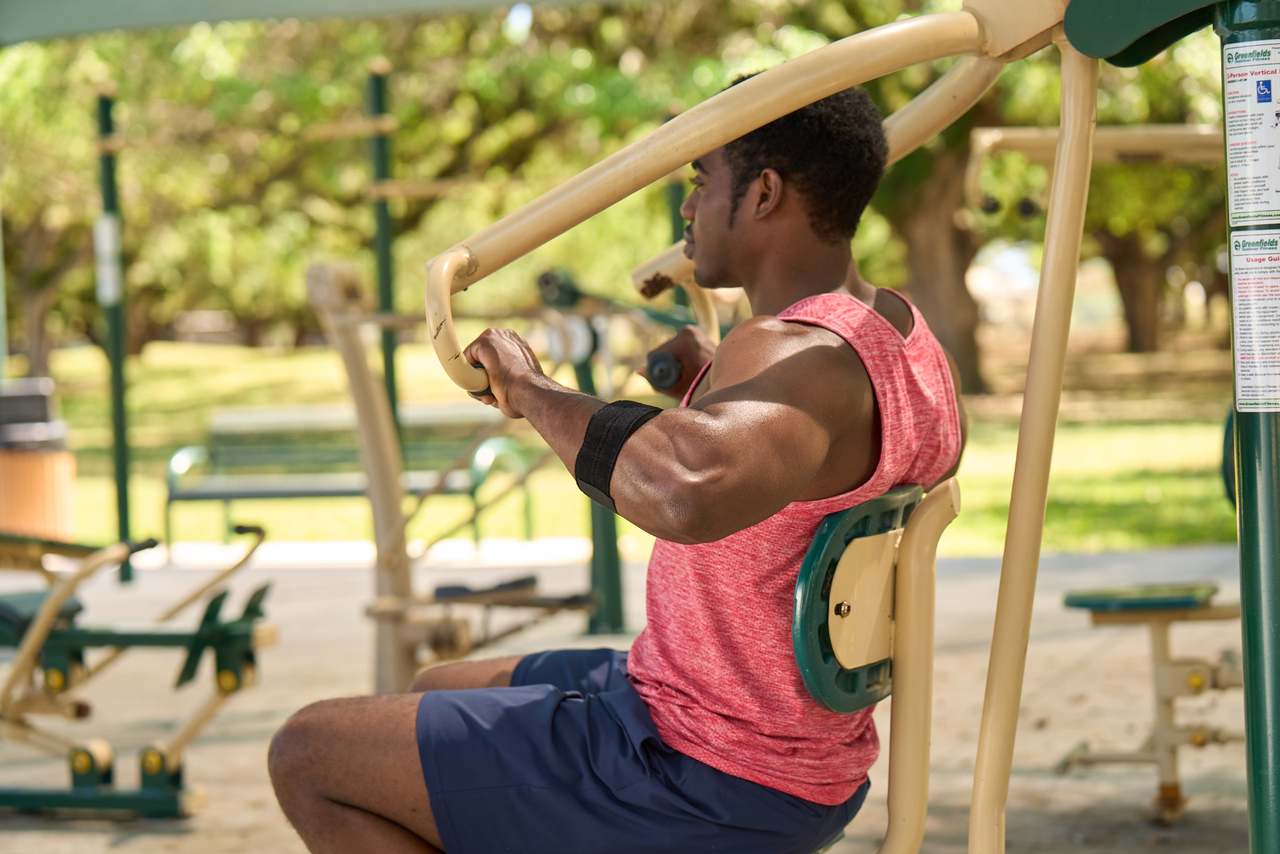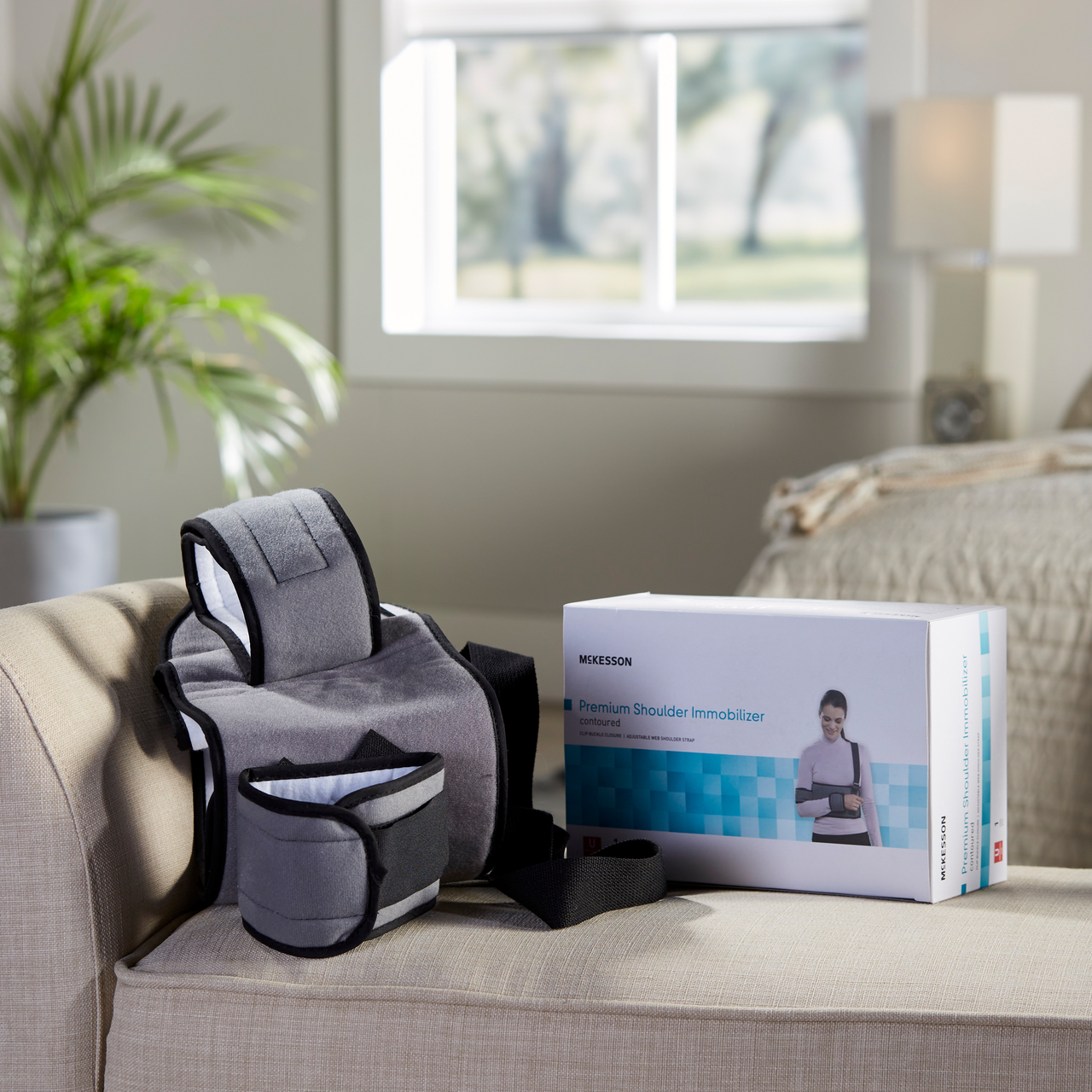Conditions That May Require an Elbow Brace or Support
“Why does my elbow hurt?” you wonder. Unless you’ve just injured your elbow in a fall or while playing sports, the reason for your elbow pain may be a mystery. This guide outlines some common conditions that can benefit from an elbow brace or support, from tennis elbow to bursitis to cubital tunnel syndrome.
It’s important to note that if your elbow pain is severe and persistent, or if you think you may have fractured or dislocated it, you should go to the emergency room. Contact your healthcare provider if:
- You have intense pain, swelling, redness or bruising around your elbow
- Your elbow pain doesn’t go away with rest and ice
- You can’t bend your arm or move your elbow normally

Tennis elbow (lateral epicondylitis):
Overuse of the tendons in your elbow can cause pain on the outside of your elbow, where tendons attach to the bone. Pain may extend into your forearm and wrist as well. Despite the name, tennis elbow is not only experienced by athletes, but by people whose jobs or daily activities require repetitive motions of the wrist and arm.

Golfer’s elbow (medial epicondylitis):
Similar to tennis elbow, golfer’s elbow is characterized by pain in the inside of your elbow, where the tendons of the forearm attach to the bone. Golfer’s elbow may cause pain in the inner side of the forearm, as well as numbness, tingling, stiffness or weakness in the hand or wrist. It’s caused by repeated stress or repetitive motion.

Hyperextended elbow:
When the elbow bends backward more than it should, typically because of athletic activity or a fall, the joint can become hyperextended. You may hear a popping sound and feel immediate pain. Other symptoms include swelling, stiffness, numbness, muscle spasms and red, blotchy skin. If you suspect you’ve hyperextended your elbow, and especially if your elbow joint is deformed, you should see your healthcare provider right away.

Arthritis:
Arthritis is a painful condition in which the cartilage in your joints wears down or becomes damaged. Arthritis can be caused by overuse, injury, or (in rheumatoid arthritis), an autoimmune response that damages and inflames joint tissues. Compression sleeves may provide some support and relief from arthritis pain.

Elbow bursitis:
There’s a fluid-filled sac, called the olecranon bursa, that protects and cushions your elbow joint. The bursa can become inflamed from overuse, such as repetitive motion, or from frequently leaning on your elbows. Bursitis also can be caused by trauma or infection. Symptoms include pain, swelling, and (if there’s an infection) discoloration and warmth around the elbow.

Cubital tunnel syndrome:
The cubital tunnel is a structure of muscle, ligament, and bone on the inside of the elbow, which serves as a passageway for the ulnar nerve. When the ulnar nerve becomes inflamed, swollen, and irritated, it causes feelings of numbness and tingling in the hand and/or the pinky and ring finger. You may feel pain on the inside of the elbow, as well as pain and weakness in the hand.

Elbow sprain or strain:
A sprained elbow involves injured ligaments around the elbow joint, which may happen when the arm is bent or twisted. A strained elbow involves an injury to the muscles around the joint. For mild sprains and strains, a doctor may recommend the RICE treatment: rest, ice, compression and elevation.

Ulnar collateral ligament (UCL) injuries:
Located on the inside of the elbow, the ulnar collateral ligament complex consists of three bands that help control joint movement. Stress from throwing or similar movements can tear the UCL, causing pain on the inner side of the elbow as well as tingling or numbness in the pinky and ring fingers.
Related Products
Source
Tennis Elbow (Mayo Clinic)
How To Choose a Golfer’s Elbow Brace (Cleveland Clinic)
Elbow (Olecranon) Bursitis (Cleveland Clinic)
Cubital Tunnel Syndrome (Cedars-Sinai)
Elbow Sprains Diagnosis and Treatment (Penn Medicine)
Ulnar Collateral Ligament (UCL) Injuries of the Elbow (Hopkins Medicine)

